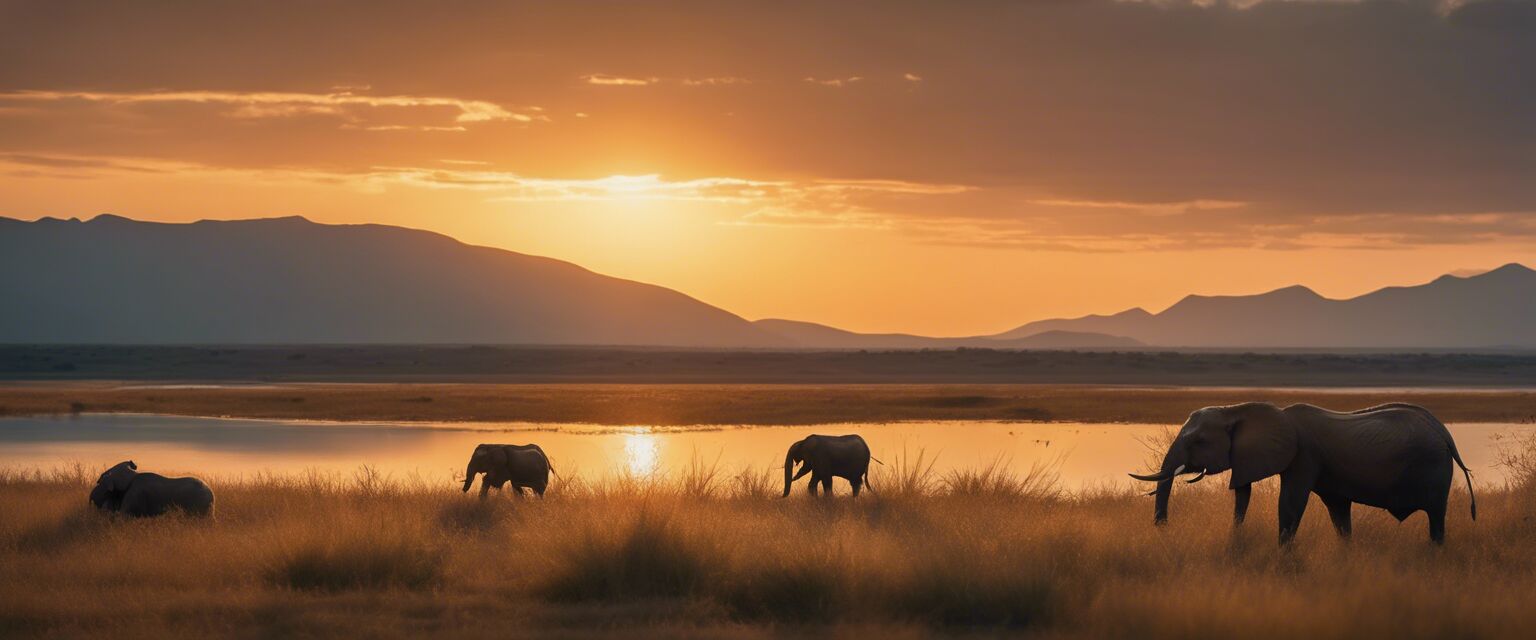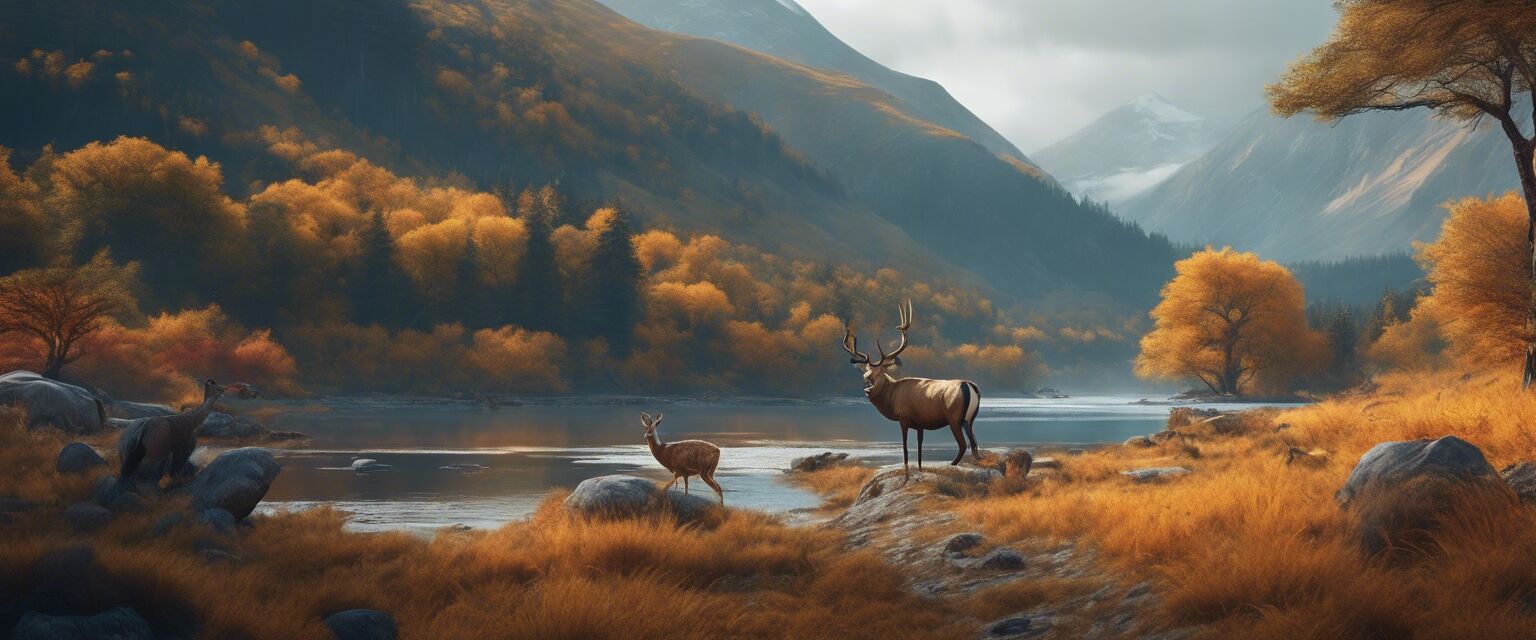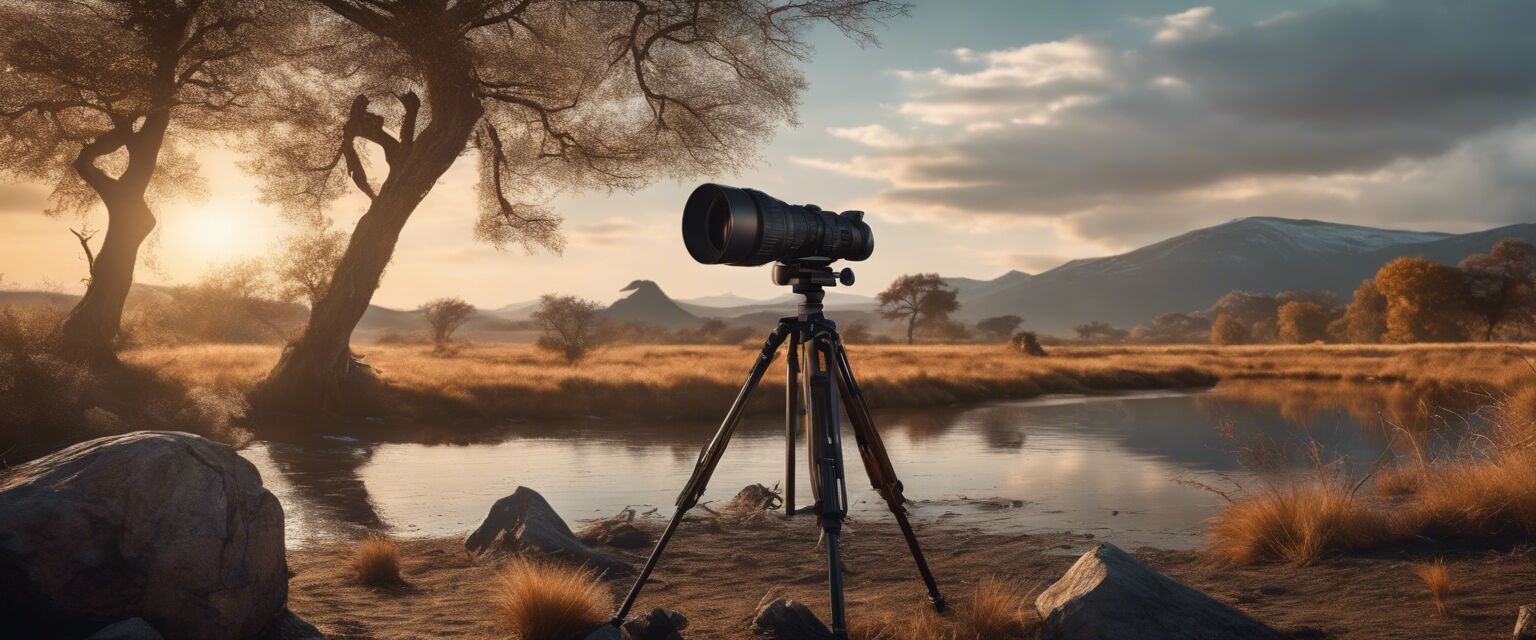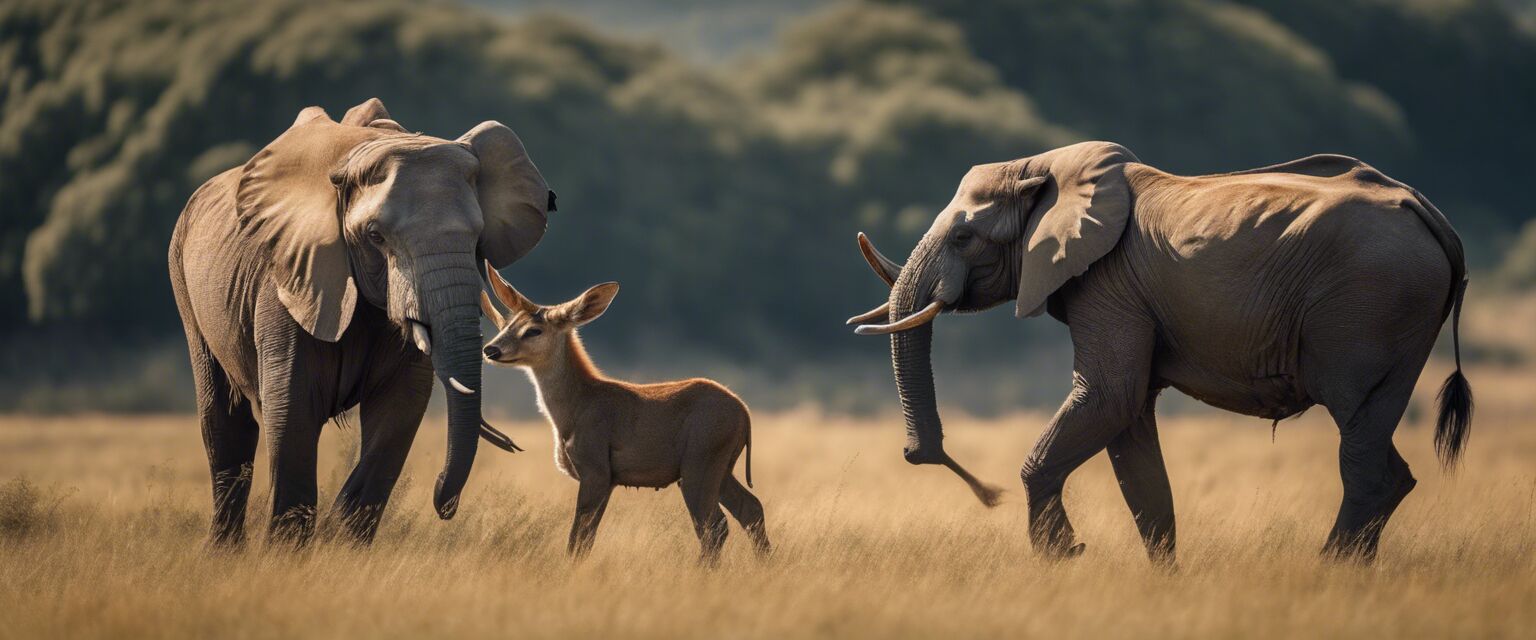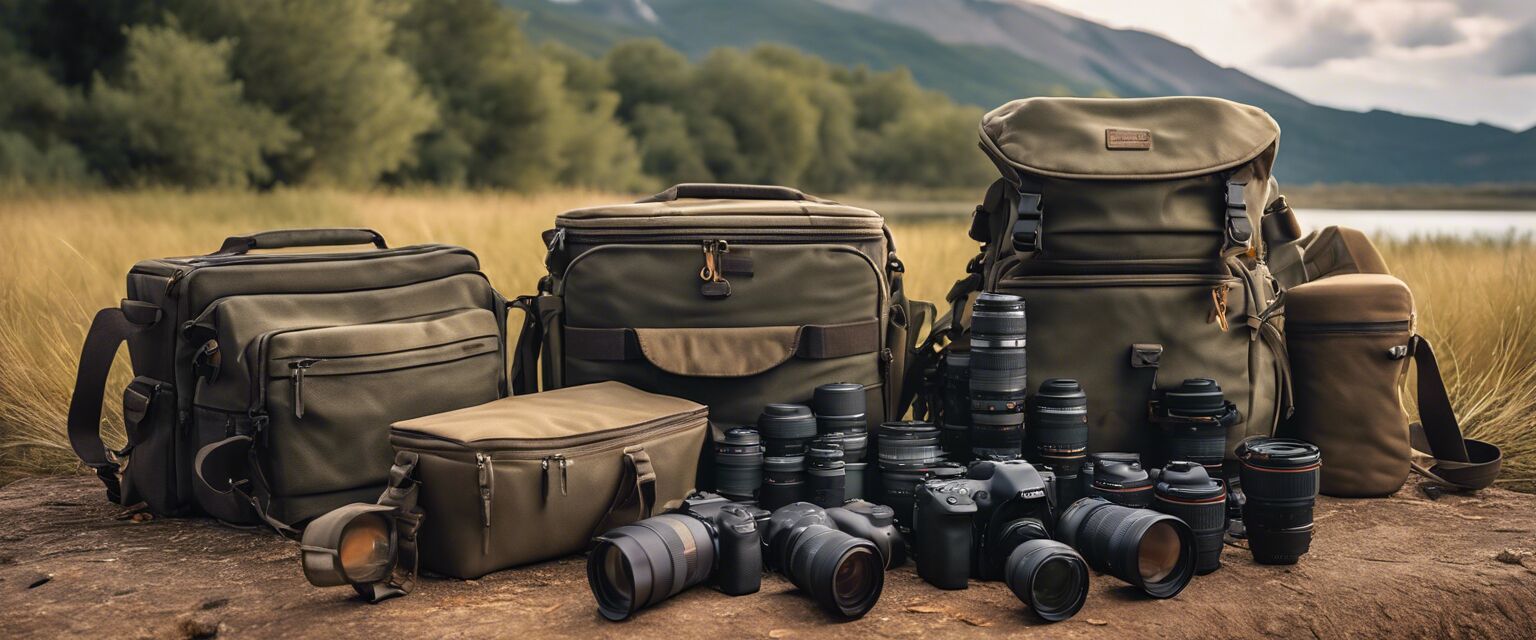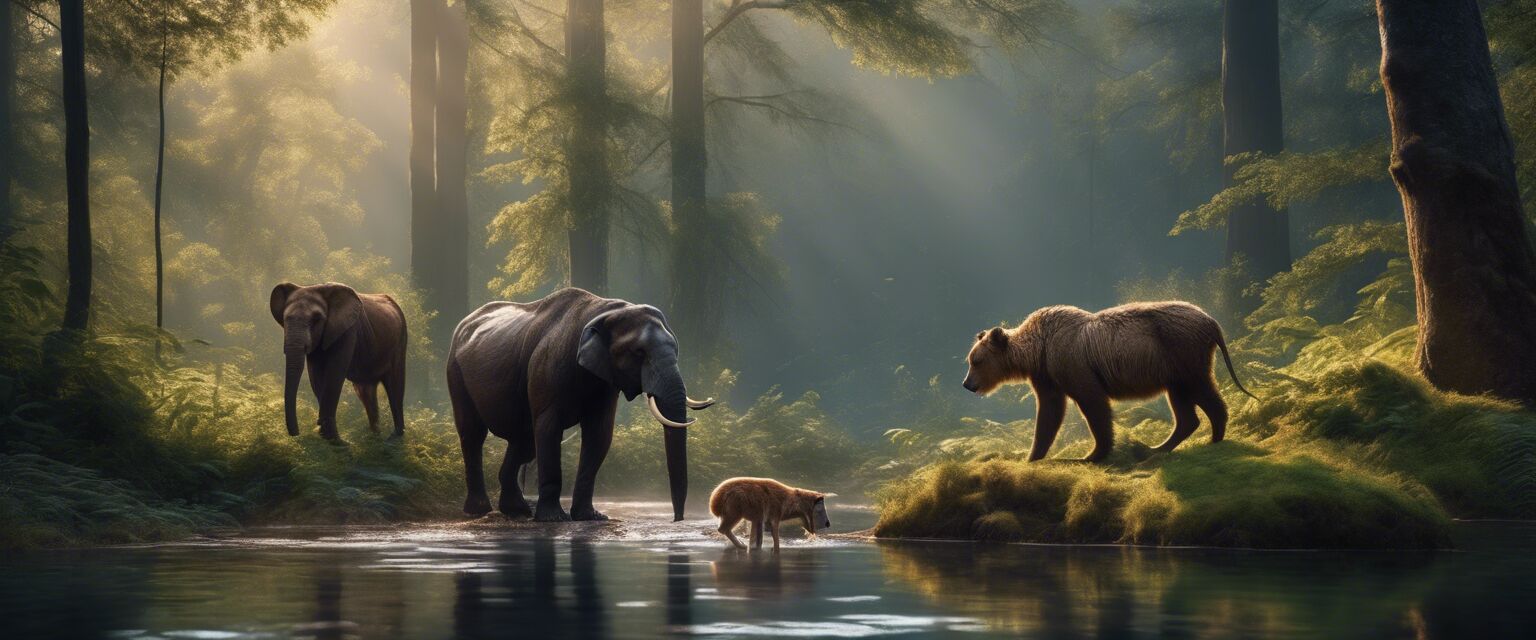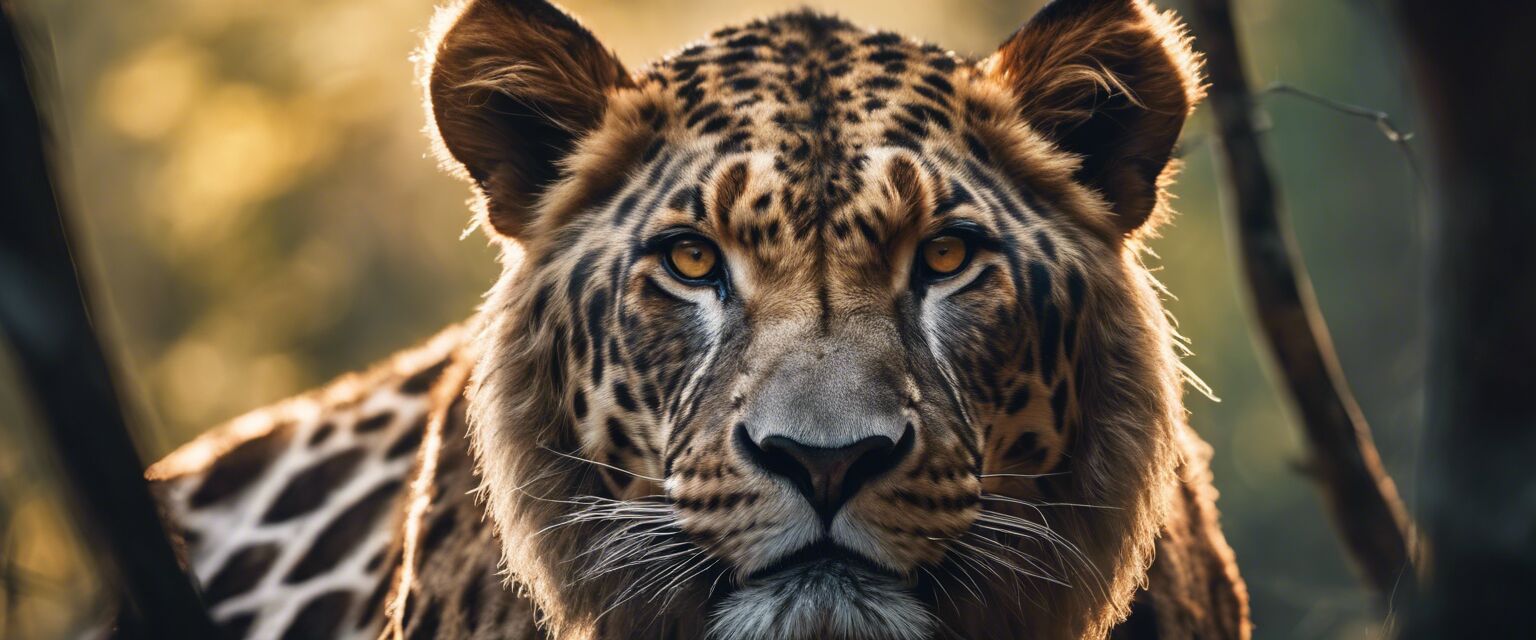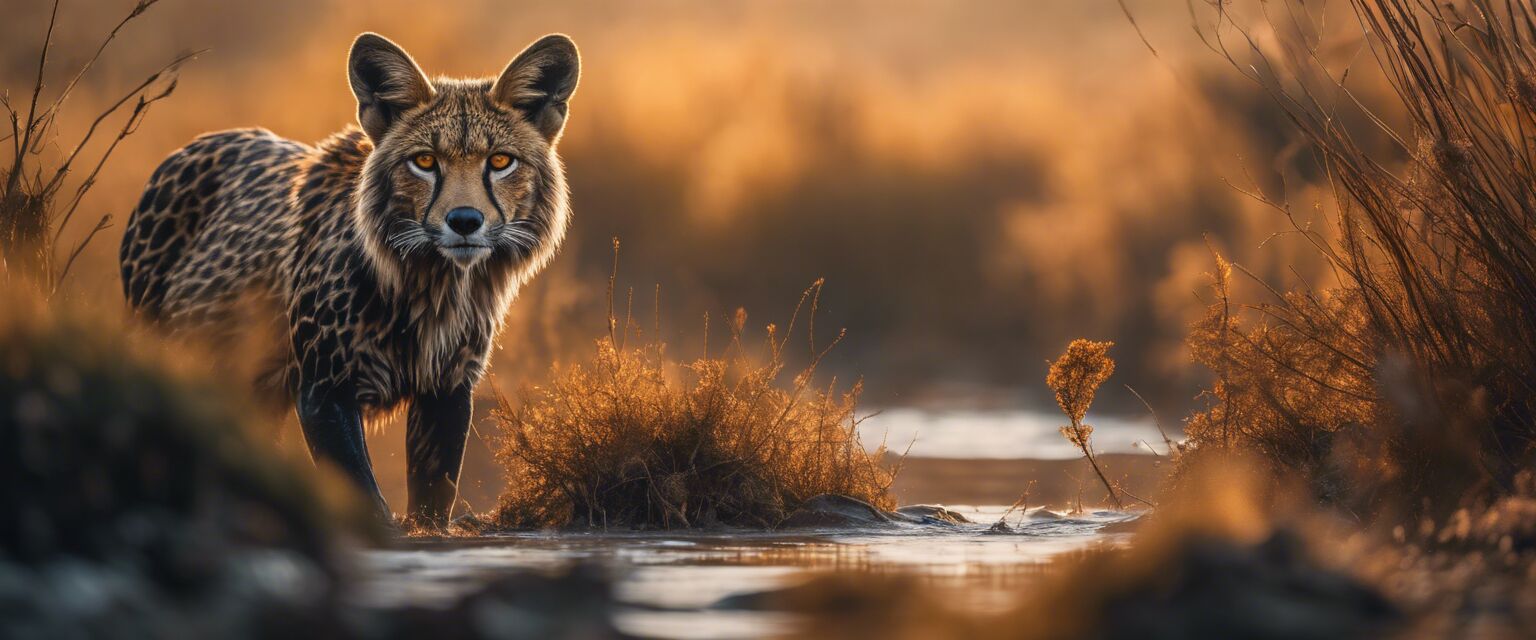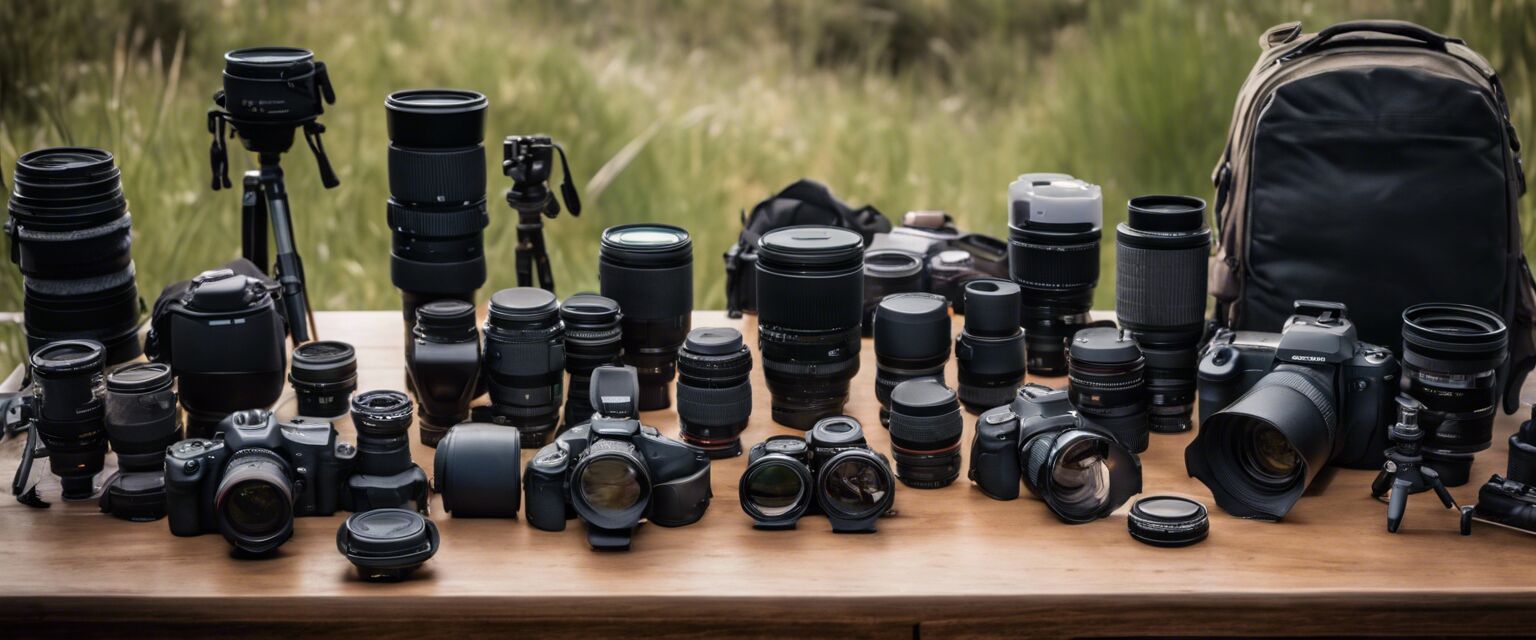
Essential Camera Accessories
Key Takeaways
- Accessories enhance the usability and versatility of your camera.
- Well-chosen accessories can improve the quality of wildlife photographs.
- Investing in quality gear can lead to better results in the field.
Wildlife photography is a thrilling endeavor that requires the right equipment to capture stunning images in various conditions. While the camera and lens are crucial, essential accessories can significantly enhance your photography experience. In this guide, we'll explore various camera accessories critical for wildlife photographers, ensuring you're well-equipped for your next outdoor adventure.
Must-have accessories for wildlife photographers
| Accessory | Description | Benefits |
|---|---|---|
| Tripod | A stable support for your camera that ensures sharp images. | Reduces camera shake and allows for long exposure shots. |
| Camera Bag | Designed to protect and carry your camera and lenses. | Provides protection and organization for your gear. |
| Lens Filters | Filters that attach to the front of your lens to enhance your photos. | Reduces glare and improves color saturation. |
| Remote Shutter Release | A tool to take photos without physically touching the camera. | Prevents camera shake during shooting. |
| Extra Batteries | Spare batteries for extended shooting sessions. | Avoids missing shots due to battery failure. |
| Memory Cards | Storage for your images and videos. | Ensures you have plenty of space for high-resolution files. |
Tripods: A wildlife photographerâs best friend
Having a sturdy tripod can significantly improve your shooting experience, especially when dealing with long exposures or heavy lenses. When choosing a tripod, look for:
Tips for Choosing a Tripod
- Weight capacity should match your camera and lens combination.
- Material should be lightweight yet durable, such as aluminum or carbon fiber.
- Height should be adjustable for various shooting positions.
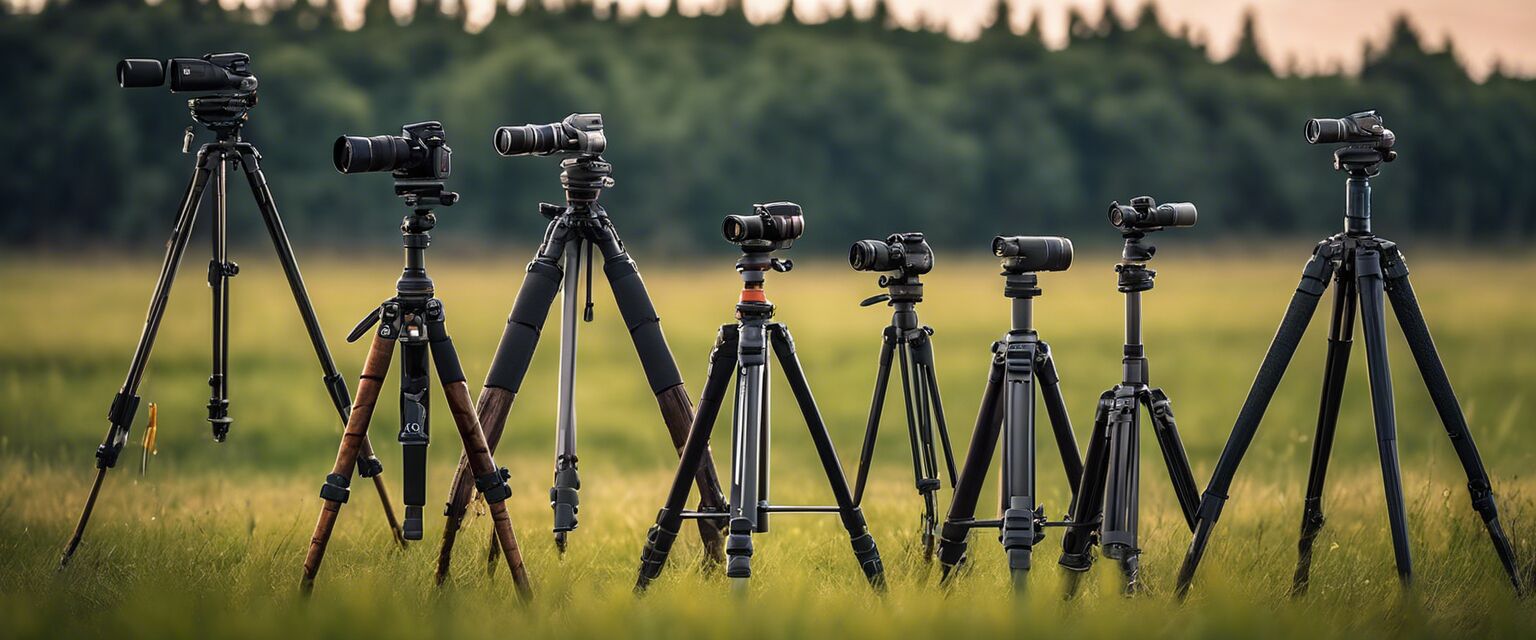
Camera bags: Protecting your gear
A quality camera bag is crucial for protecting your equipment from the elements and accidental damage. Here are some features to consider:
Choosing the Right Camera Bag
- Water-resistant material to protect from rain and moisture.
- Padding for the interior to absorb shocks.
- Adjustable compartments for organization.
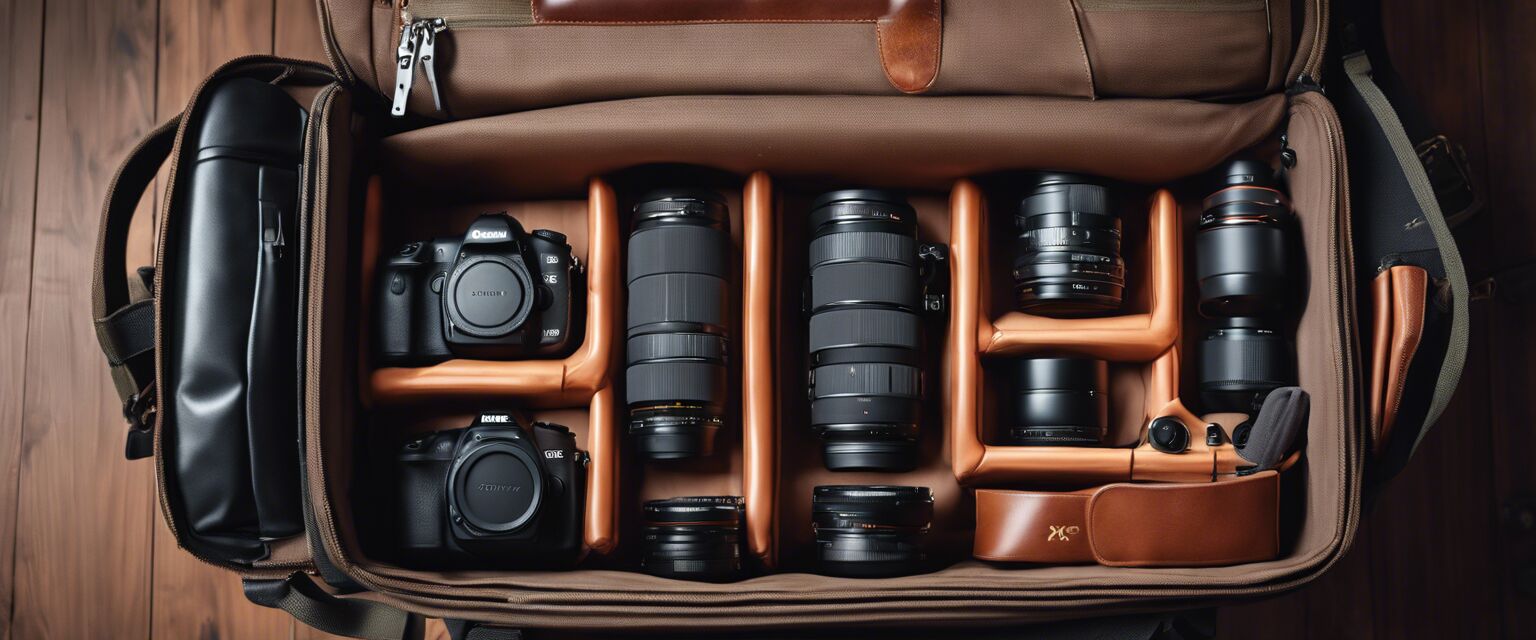
Lens filters: Enhance your images
Using lens filters can enhance the quality of your wildlife photos in various lighting conditions. Common filters include:
- Polarizing filters: Reduce glare and increase contrast.
- Neutral density filters: Allow for longer exposures in bright conditions.
- UV filters: Protect your lens from scratches and dust.
Choosing the best accessories for your needs
When selecting accessories, consider your specific needs based on the type of wildlife photography youâre pursuing. For instance:
- If you're often in low light, a tripod and fast lenses are essential.
- For extended trips, extra batteries, memory cards, and a sturdy camera bag are critical.
- Research accessories that best fit your camera setup and shooting style.
Comparing essential accessories
| Accessory | Average Price | Durability | Portability |
|---|---|---|---|
| Tripod | $100 - $500 | High | Moderate |
| Camera Bag | $50 - $300 | Moderate | High |
| Lens Filters | $20 - $150 | High | High |
| Remote Shutter Release | $15 - $50 | Moderate | High |
| Extra Batteries | $20 - $80 | High | High |
| Memory Cards | $10 - $150 | High | High |
Maintenance tips for accessories
Proper maintenance of your camera accessories will ensure they last longer and function optimally. Here are some tips:
- Regularly clean your tripod and ensure all parts are functioning.
- Store your lenses with caps on to prevent dust.
- Check your camera bag for any wear and tear, especially straps and zippers.
Final thoughts
Investing in essential camera accessories is critical for any wildlife photographer. Choosing the right gear tailored to your style will enhance your photography experience and help produce beautiful images that capture the essence of wildlife.
Pros
- Enhances image quality and stability.
- Protects your equipment in adverse conditions.
- Improves overall photography experience.
Cons
- Can require significant investment.
- Increases weight and bulk when carrying gear.
- May require time to master and use effectively.
Explore more on wildlife photography
For further resources on enhancing your wildlife photography, check out our other articles on:

